A price ceiling can be defined as the price that has been set by the government below the equilibrium price and cannot be soared up above that. What is a Price Ceiling.
Imagine a balloon floating in your house the balloon cannot go higher than the ceiling.

Define price ceiling in economics. In other words a price floor below equilibrium will not be binding and will have no effect. When a price ceiling is set a shortage occurs. Price ceiling are used by the government to Prevent prices from being too high.
A price ceiling is the maximum price a seller can legally charge a buyer for a good or service. Price ceiling is a situation when the price charged is more than or less than the equilibrium price determined by market forces of demand and supply. Regulators usually set price ceilings.
For a price ceiling to be helpful it should be set lower than the market equilibrium. A price ceiling that doesnt have an effect on the market price is referred to as a non-binding price ceiling. If market price moves towards the ceiling intervention selling may be used to keep the price within its target range.
On the other hand the price ceiling is the maximum price beyond which a seller cant sell. The main reason for imposing price ceilings is to protect the interests of the consumers in situations in which they are not able to afford needed commodities. Price ceiling can also be understood as a legal maximum price set by the government on particular goods and services to make those commodities attainable to all consumers.
A price ceiling is a type of price control usually government-mandated that sets the maximum amount a seller can charge for a good or service. Price ceiling definition. A price ceiling is a form of price control that manipulates the equilibrium point between supply and demand.
A price ceiling is a government- or group-imposed price control or limit on how high a price is charged for a product commodity or service. In general a price ceiling will be non-binding whenever the level of the price ceiling is greater than or equal to the equilibrium price that would prevail in an unregulated market. Price ceiling means the maximum limit that the government imposes on the price of a commodity.
Price ceilings are typically imposed on consumer. A legally established maximum price. The floor price is the least price that a seller would get for the product.
In turn this provides a disincentive to the producer to bring more supply to the market. The government is occasionally inclined to keep the price of one good or another from rising too high. What Does Price Ceiling Mean.
A price ceiling occurs when the government puts a legal limit on how high the price of a product can be. It has been found that higher price ceilings are ineffective. In order for a price ceiling to be effective it must be set below the natural market equilibrium.
A price ceiling means that the price of a good or service cannot go higher than the regulated ceiling. A price ceiling is the highest price a supplier is allowed to set for a product or service. Deadweight Loss Deadweight loss refers to the loss of economic efficiency when the.
A price ceiling happens when the government sets a legal limit on how high the price of a product can be. What price ceilings do is prevent the price of a good from increasing. Implications of a Price Ceiling.
The same concept holds with prices and a price ceiling. Pricing quantity and welfare effects of a binding price ceiling. A price ceiling is a legal maximum price but a price floor is a legal minimum price and consequently it would leave room for the price to rise to its equilibrium level.
A price ceiling is a cap on a price which sets the upper limit for a price. Governments use price ceilings ostensibly to protect consumers from conditions that could make commodities prohibitively expensive. Price ceiling is a measure of price control imposed by the government on particular commodities in order to prevent consumers from being charged high prices.
Rationale Behind a Price Ceiling. The government is occasionally inclined to keep the price of one good or another from rising too high. When an effective price ceiling is set excess demand is created coupled with a.
The primary objective is to protect the buyers and sellers from adverse price movements. Term price ceiling Definition. See also price floor.
Price ceilings are normally government-imposed to protect consumers from swift price increases in basic commodities. The price cannot go higher than the price ceiling.

What Price Ceiling Maximizes Consumer Surplus Given That Qd 100 P And Qs P Study Com
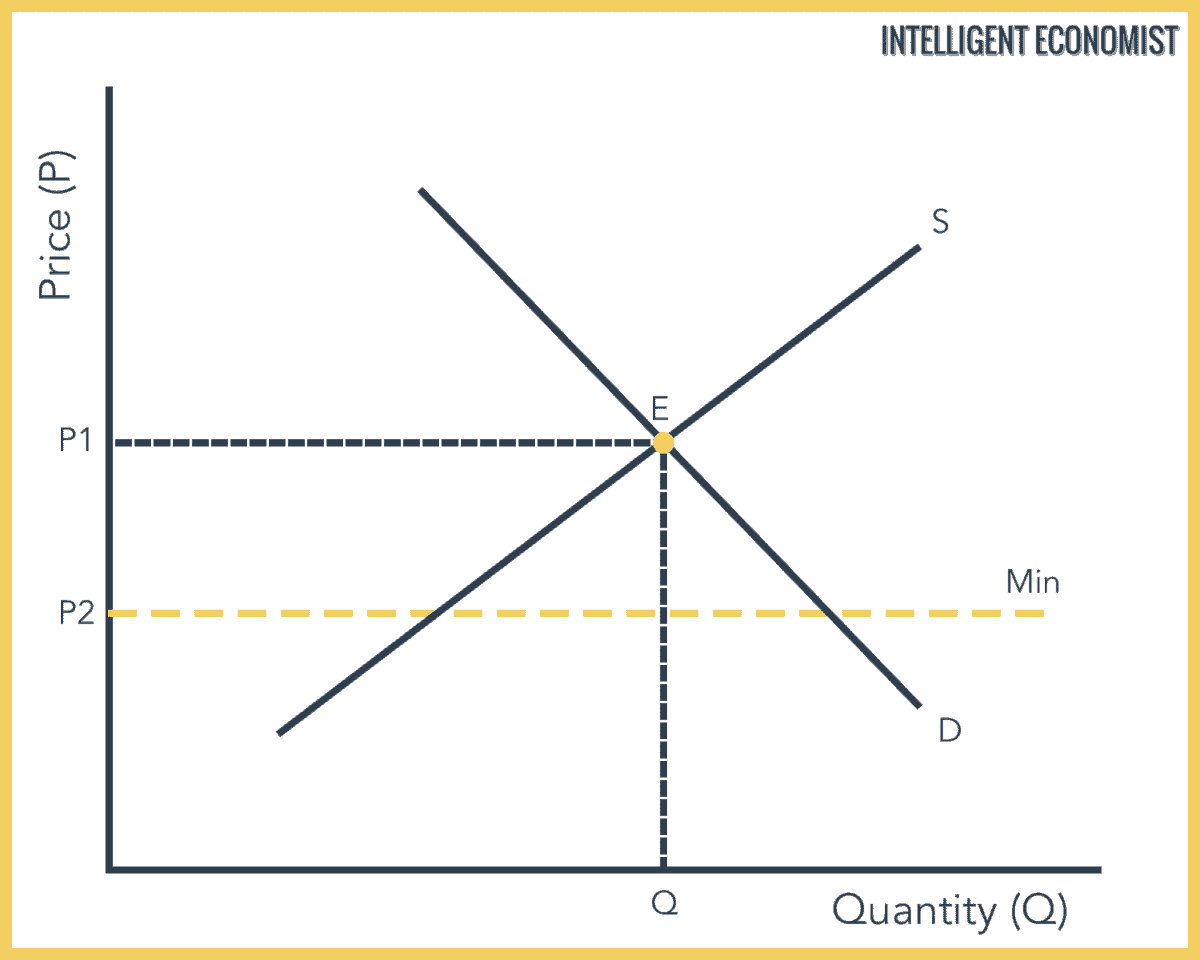
Price Floor Intelligent Economist

Price Floor Definition 5 Effects And 4 Examples Boycewire
Price Controls Price Floors And Ceilings Illustrated
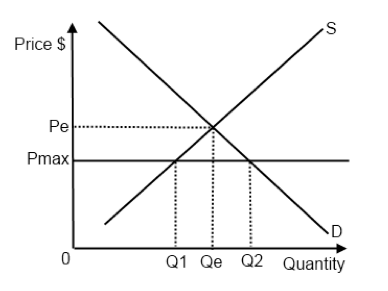
Ib Economics Notes 3 3 Price Controls

Price Floors And Ceilings How Do They Work Corporate Finance Institute

What Is A Price Ceiling Examples Of Binding And Non Binding Price Ceilings Freeeconhelp Com Learning Economics Solved

4 2 Government Intervention In Market Prices Price Floors And Price Ceilings Principles Of Economics
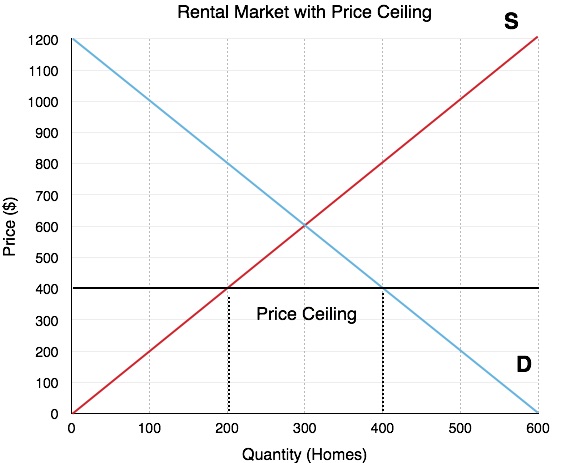
4 5 Price Controls Principles Of Microeconomics

Price Ceiling Definition Economics Online Economics Online

Price Ceiling Definition Rationale Graphical Representation

Price Ceiling Definition Effects Graph And Examples Boycewire
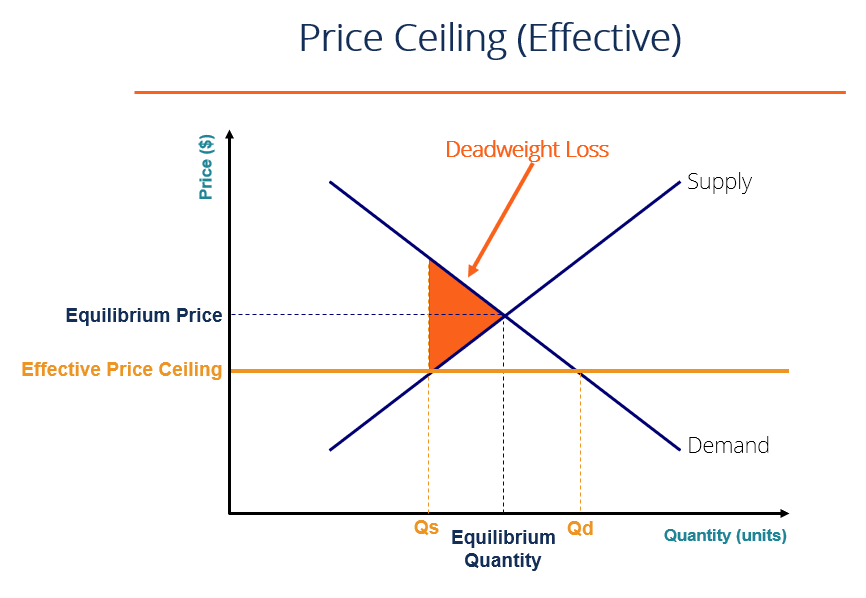
Price Ceiling Definition Rationale Graphical Representation
Equilibrium Government Intervention With Markets Sparknotes
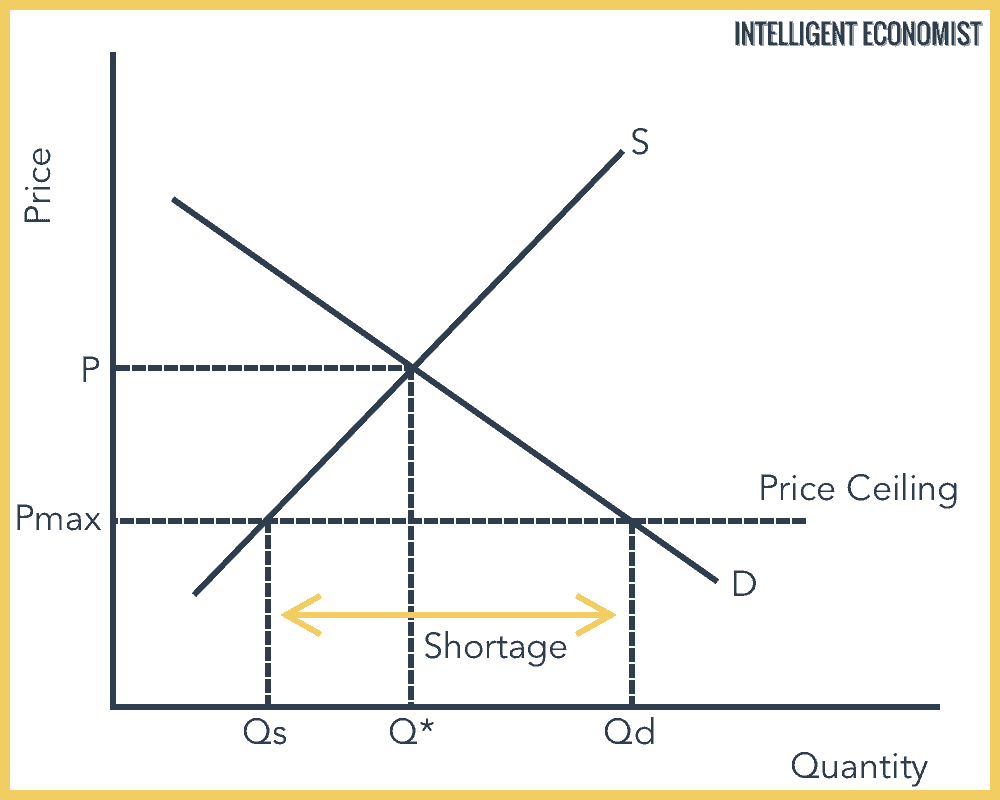
Price Ceiling Intelligent Economist
Government Intervention Maximum Price Price Ceiling Ib Notes
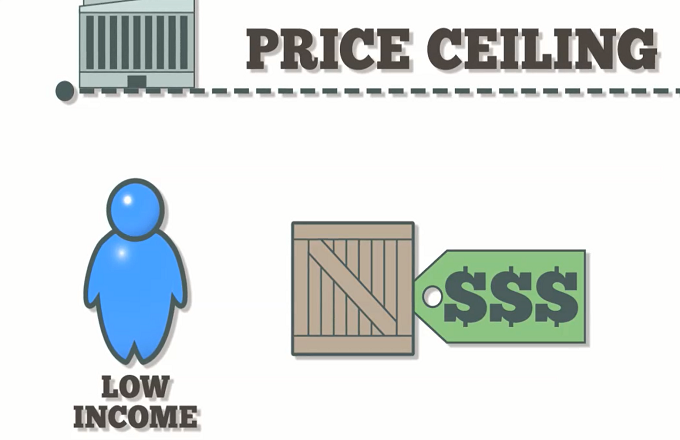
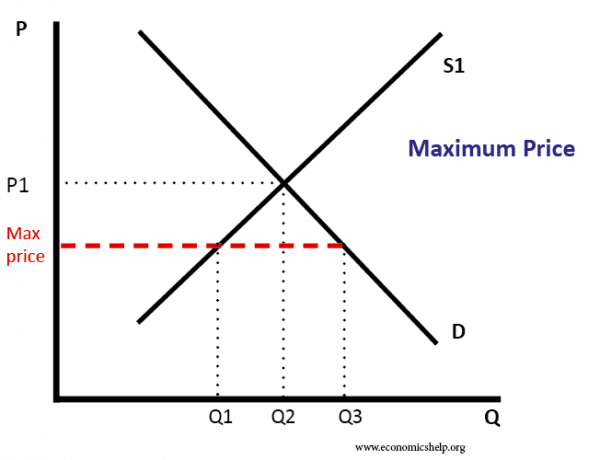

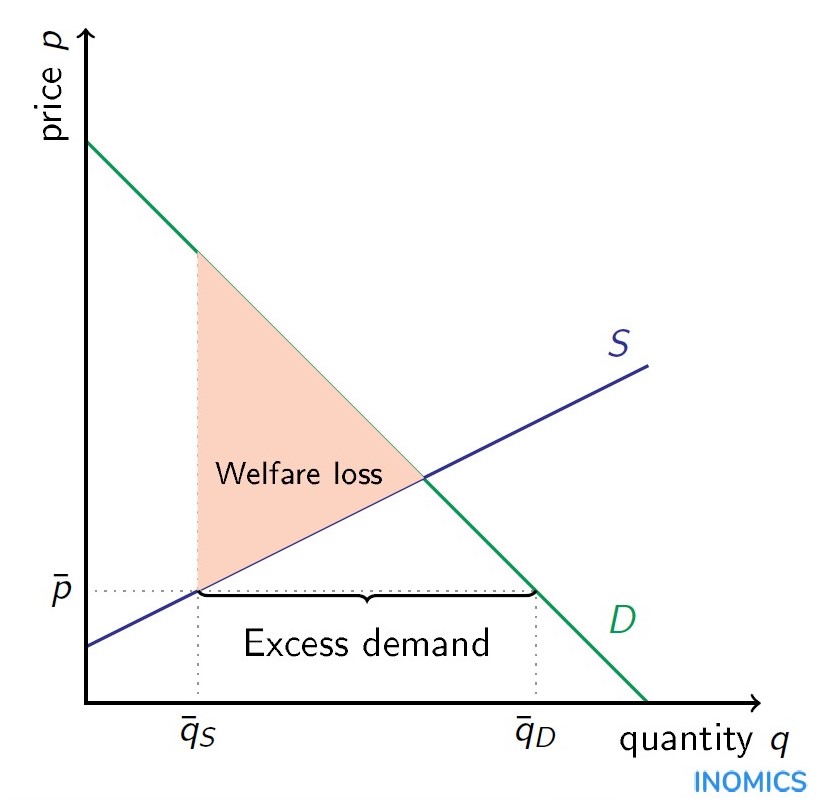






0 komentar:
Posting Komentar